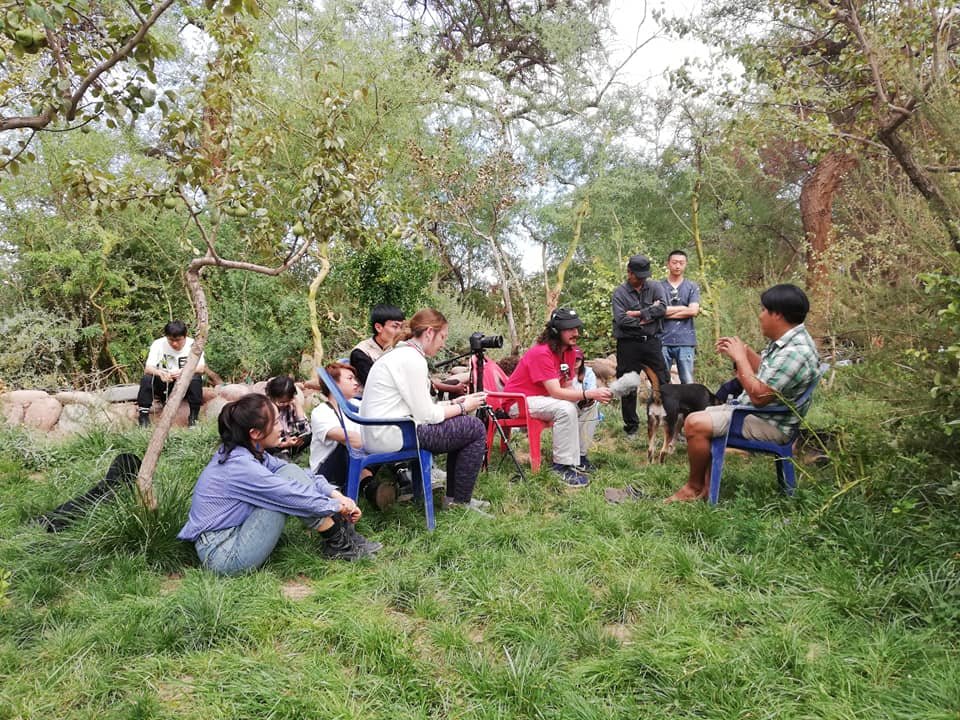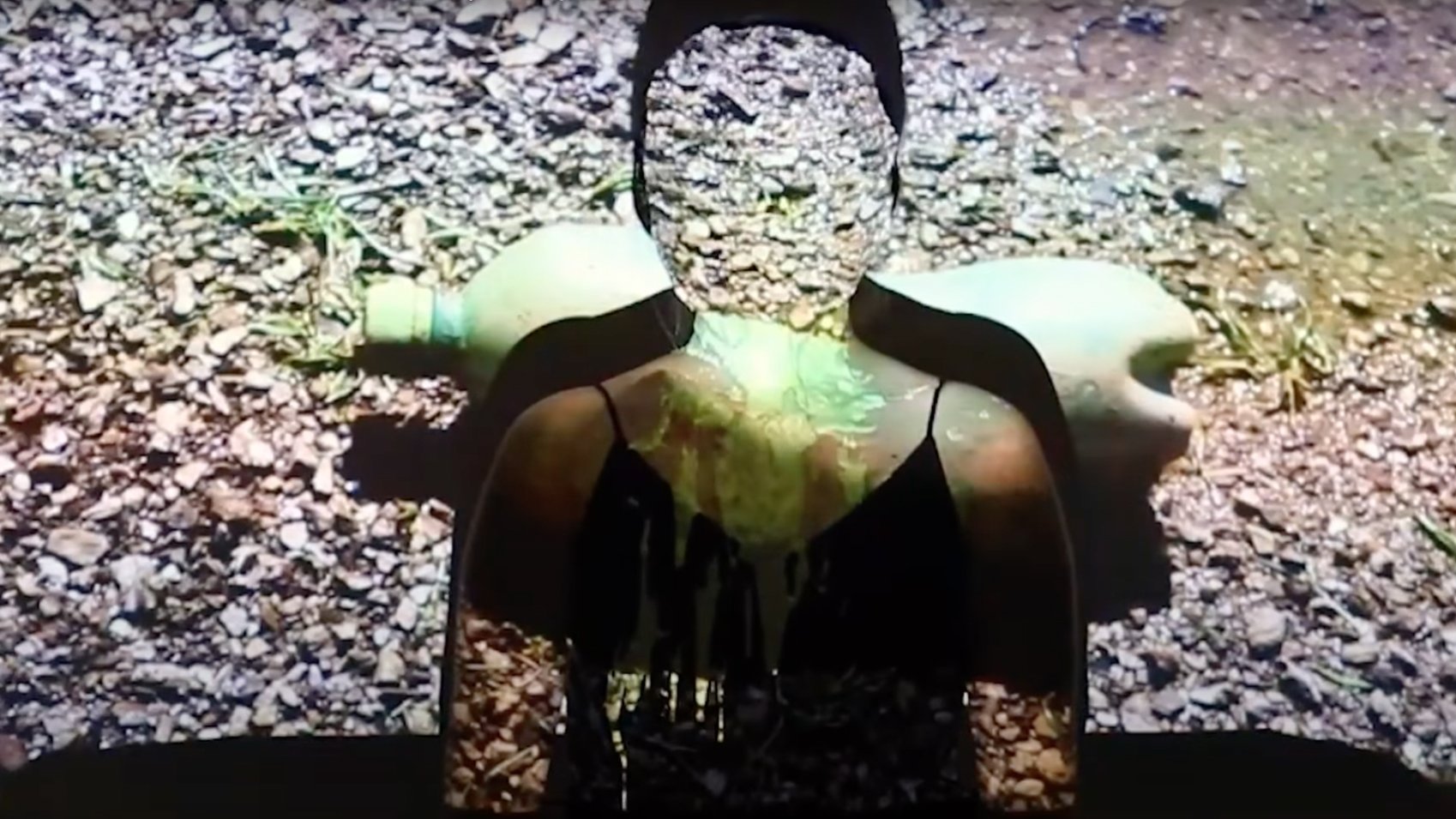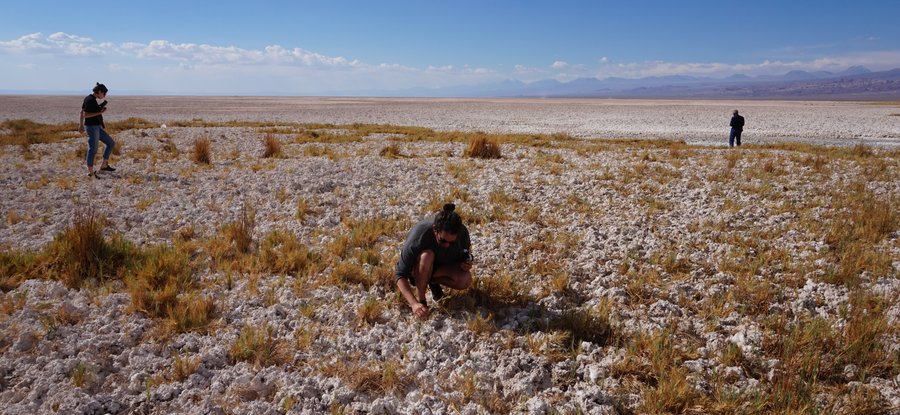Key details
Date
- 8 August 2023
Read time
- 2 minutes
Watch Head of Programme Godofredo Enes Pereira and Tutor Christina Geros introduce MA Environmental Architecture.
“We’re very playful in the programme but the questions that we address are not playful. They are very radical, very important and very urgent.”
Head of Programme MA Environmental Architecture
The Environmental Architecture Master’s programme at the RCA is focused on tackling ongoing climatic breakdown through the lens of architecture. Discover how the programme prepares students to build autonomous careers and contribute in a meaningful way to the future of landscapes, environments and ecosystems.
Questioning the role of architecture

Global warming, the acidification of waters, desertification, irregular weather patterns of immense violence, fires and droughts – the effects of the ongoing and escalating climate crisis are felt in every country in the world. The Environmental Architecture programme questions the role that architecture can play in addressing these challenges.
It encourages students to bring the knowledge of architecture to bear on questions of environmental concern, but also asks if architecture can be reimagined in order to address them. How do we recompose what constitutes architectural knowledge, and what constitutes a type of architectural practice that can address environmental issues?
Learning through ongoing, long-term relationships

The Environmental Architecture programme is unique in its commitment to working with communities whose lives are directly affected by environmental change. Several different studios form the core of the programme – each one is situated on the front line of a particular struggle.
These studios work in collaboration with communities, activist groups, or scholars and each runs for at least four years. They are long term engagements within which students build their own relationships and ways of working with these people and sites.
Expanding practice through collaboration

Collaborative practice – between students, or with different communities outside of architecture – is what expands the kind of work that happens on this programme. Architecture, in this case, might not be a building; it depends on what a site, or group, or community feels is needed.
One of the benefits of an interdisciplinary cohort – from different geographical and academic backgrounds – is that students create much more interesting and unexpected outcomes. Really unexpected media come into play: from video games and AR/VR to audio recording, scent, mapping, data visualisation, performance, video and filmmaking.
Studying in an art and design university

Being part of the RCA, an arts university, is an important aspect of the programme. It enables students to consider contemporary issues from a multiplicity of different perspectives.
Students on our programme encounter people working with textiles, fashion, ceramics, multimedia, who are interested in ecological and environmental issues too. This creates opportunities for students to build partnerships outside of the programme and be inspired by different types of work.
What do students go on to achieve?

Our students leave the programme equipped to make a meaningful contribution to the field. They gain the capacity to lead; they have the confidence to design, to ask questions, or to do things in a slightly different way.
A lot of students go into traditional design pathways, but others find opportunities to create new types of professions. They are occupying positions in fields that don’t traditionally have architects – this might be working within an NGO, an activist organisation, a humanities research organisation, or government body, for example.
Students come to the programme to gain autonomy and make decisions as to what they want to do in life, and with their future. On the programme, we ask: how can you mobilise yourself, your interests and your skills to actually address the challenges posed by climate change, the breakdown of weather patterns and climatic systems?
That is an incredibly important and serious challenge.



